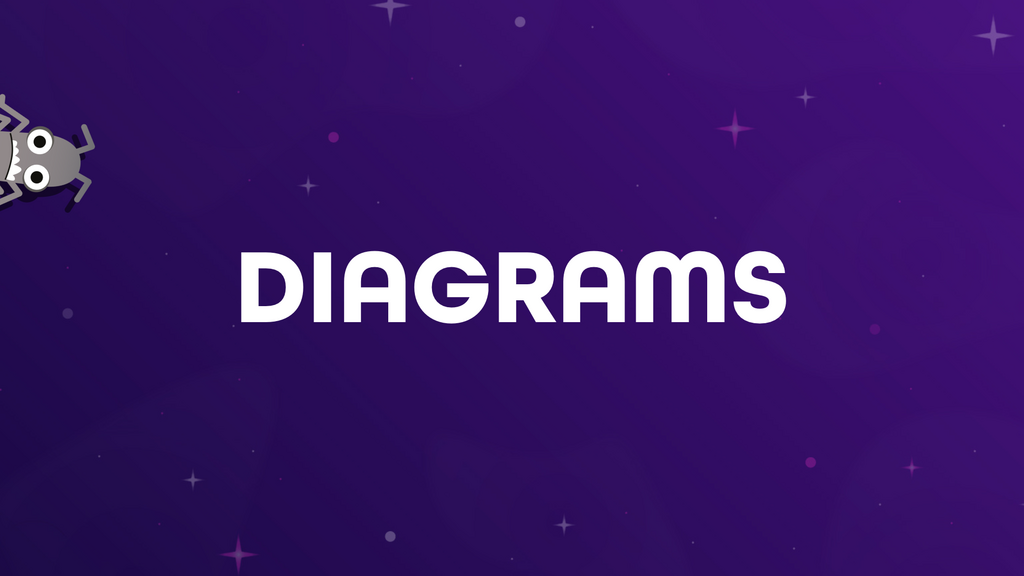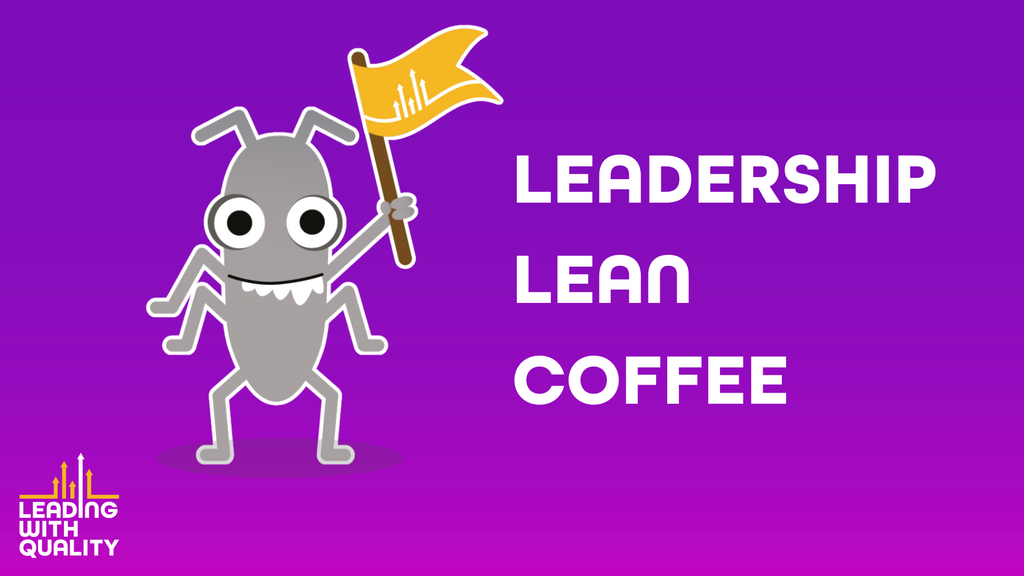Diagrams are abstract graphical representations of complex ideas and systems. They're used to convey information, facilitate discussions. In the world of software and testing, diagrams can come in many forms.
Diagrams can be used to describe complex systems in ways that plain language cannot. It can trigger discussion and help weed out any misunderstandings and assumptions. They're easy to create and build during collaborative sessions.
Diagrams are models, and all models are flawed. Each diagram has a specific purpose, and misusing the diagram can cause problems. Assumptions are made when creating diagrams, and ignoring those assumptions may lead to issues and bugs.
Diagrams give us one perspective of a system or idea, and your project may require more than one perspective.
Diagram examples:
Diagrams can be used to describe complex systems in ways that plain language cannot. It can trigger discussion and help weed out any misunderstandings and assumptions. They're easy to create and build during collaborative sessions.
Diagrams are models, and all models are flawed. Each diagram has a specific purpose, and misusing the diagram can cause problems. Assumptions are made when creating diagrams, and ignoring those assumptions may lead to issues and bugs.
Diagrams give us one perspective of a system or idea, and your project may require more than one perspective.
Diagram examples:
- You could have process diagrams that describe a sequence of actions, which will carry out on the triggering of an event.
- Wireframe diagrams that show how UI components are laid out on a web page.
- Data flow diagrams that show the flow of data through a system.
- Integration maps that show how services connect to one another.




